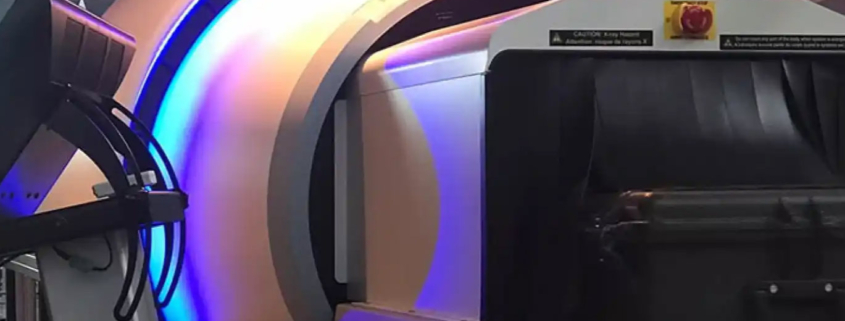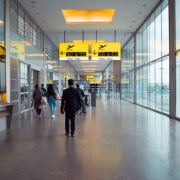The Evolution of Airport Security: Goodbye to Liquids Restriction in Luggage
Traveling by plane has always involved certain security rules, especially after the events of September 11, 2001. One of the most well-known restrictions is the requirement to remove liquids from luggage when passing through security checkpoints. However, this regulation is about to change thanks to technological innovation at airports. Let’s recall why this rule was established and how new technologies are transforming airport security procedures, making the travel experience easier for millions of people.
Airport Security: The Reason Behind Liquids Regulation at Airports
Traditionally, passengers have had to remove liquids from their luggage due to security concerns. These measures intensified after terrorist plots involving liquid explosives were discovered. As a result, authorities limited the amount of liquids passengers could carry in their carry-on luggage and required them to be presented in containers of up to 100 ml, placed in a transparent plastic bag.
Inconvenience for Travelers
This regulation, though necessary for security, has resulted in a slower and often frustrating travel experience. Removing liquids and electronic devices such as laptops for security inspections increases wait times in lines and can cause stress for passengers, especially during peak travel seasons.
Technological Advances in Airport Security
3D Scanners: A Game Changer
The good news is that technology is changing the game. New 3D X-ray scanners, capable of generating detailed images of the contents of suitcases, are being implemented at various airports. These scanners allow security officers to clearly see in three dimensions what each passenger is carrying, eliminating the need to remove liquids and laptops.
Innovation in Spanish Airports
A notable example of this innovation can be found in Spain. Starting in 2024, airports such as Barajas in Madrid and El Prat in Barcelona will begin using these 3D scanners. This technology not only streamlines the security process but also enhances the ability to detect potential threats.
Similar Technology in the United States
The United States has also been a pioneer in implementing this technology, with airports like Hartsfield-Jackson in Atlanta and Chicago O’Hare installing 3D scanners for faster and more efficient luggage inspection.
Benefits for Passengers
Reduced Wait Times
The most obvious benefit of this technology is a significant reduction in wait times. Passengers will no longer need to prepare their liquids and electronic devices for inspection, speeding up the security checkpoint process.
Improved Travel Experience
These technological advances also improve the overall travel experience. Less stress at security checkpoints means a calmer and more pleasant start to the journey.
The Future of Airport Security
Ongoing Innovation
The implementation of 3D scanners is just the beginning. Airports worldwide are continually exploring new technologies to enhance security and efficiency, such as biometric identification and remote luggage inspection.
Will Liquids Regulations Change?
Despite these advances, the current regulations on the amount of liquids allowed have not been modified. However, the ongoing evolution of technology could lead to changes in security policies in the future.
A Brighter and Safer Future for Travelers
The introduction of 3D scanners at airports is excellent news for travelers worldwide. This technology not only promises greater efficiency and convenience but also maintains security standards. With these advancements, the future of air travel looks faster, safer, and more enjoyable for everyone.
For more news, visit our blog.









